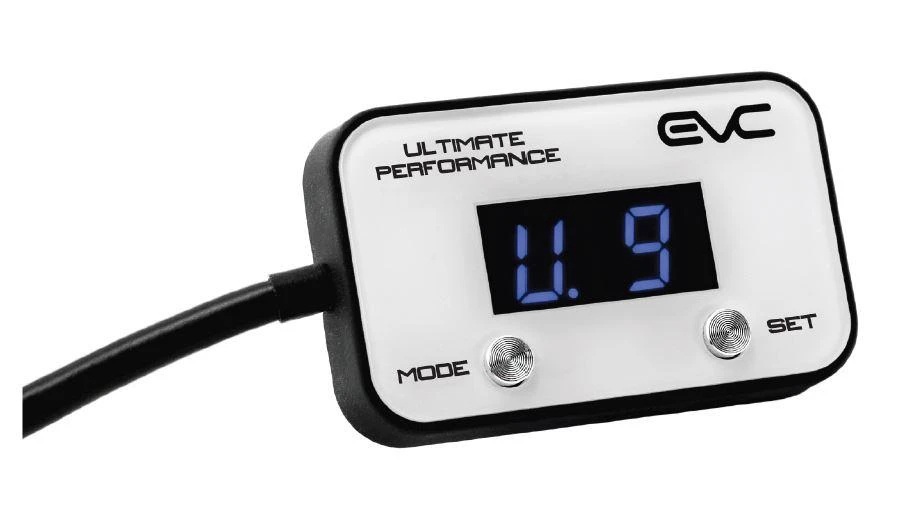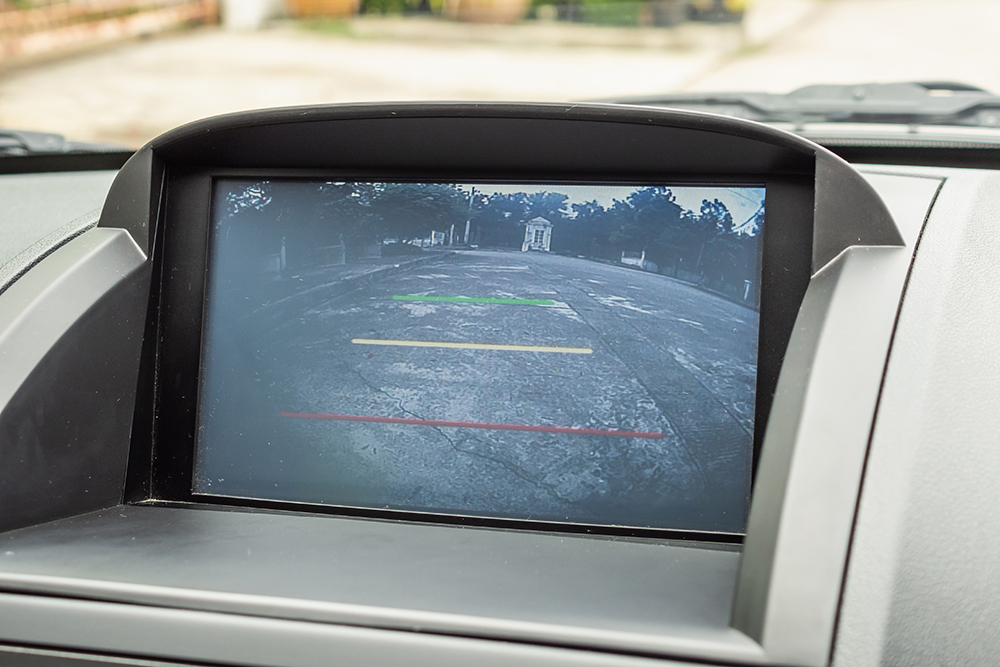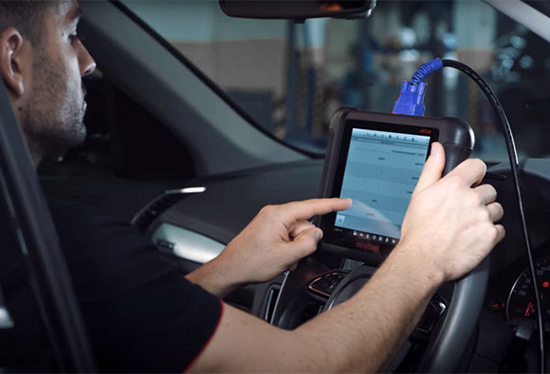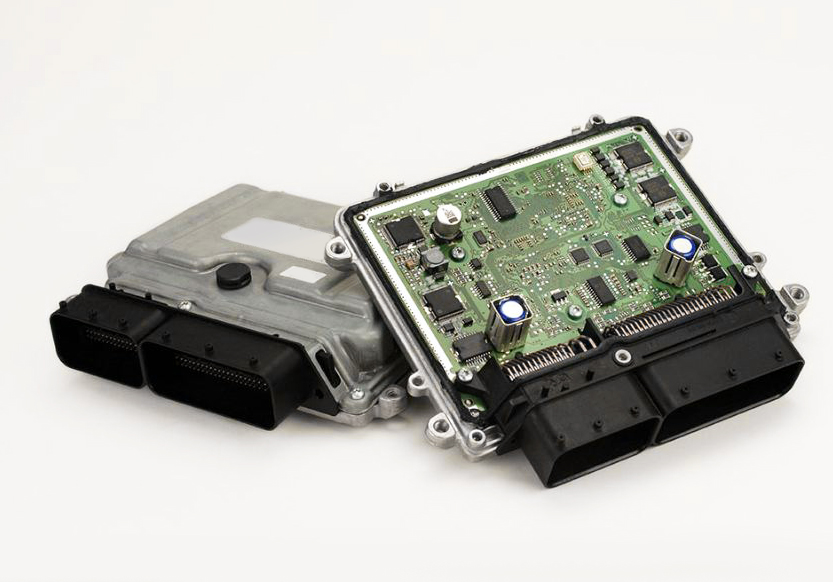An iDrive throttle controller is one of the most simple upgrades you can make to your car and immediately see the benefits and improvement in acceleration and throttle response.
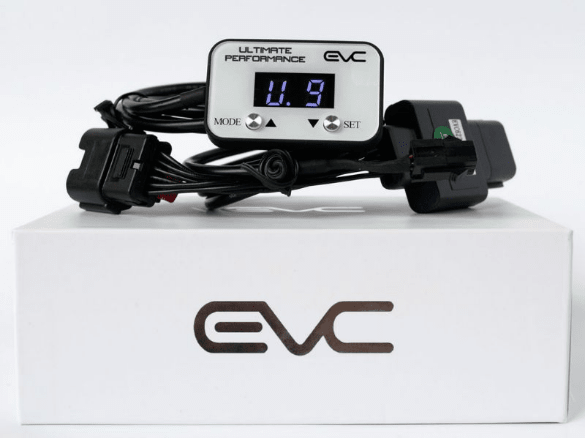
The EVC Throttle Controller, formerly known as iDrive, is plug and play controller that gives you more control over the vehicle and enhances the way it drives. It does this by sharpening or dampening your throttle curve and provides your pedal mapping with new points of reference.
Sharpening your throttle curve reduces throttle lag, changes how the torque is delivered to the wheels and improves acceleration, making for perfect throttle response for any situation or driving style.
Increased throttle response means that you will be able to feel the input of gas pedal and immediately activate your engine without any delay in power before accelerating.
EVC doesn’t interfere with the car’s electronic system, it only monitors and changes the signal that helps you control your cars power output.
The throttle controller can improve fuel efficiency and at the same time makes driving more fun. You will experience great control over vehicle throttle sensitivity as well as speed and horsepower.
If you are looking for an EVC Throttle Controller for your vehicle, we at Eurosparx are the official distributor for West Auckland for EVC and have a huge range of models. We offer free installation for every EVC Throttle Controller. Call us now to get yours!




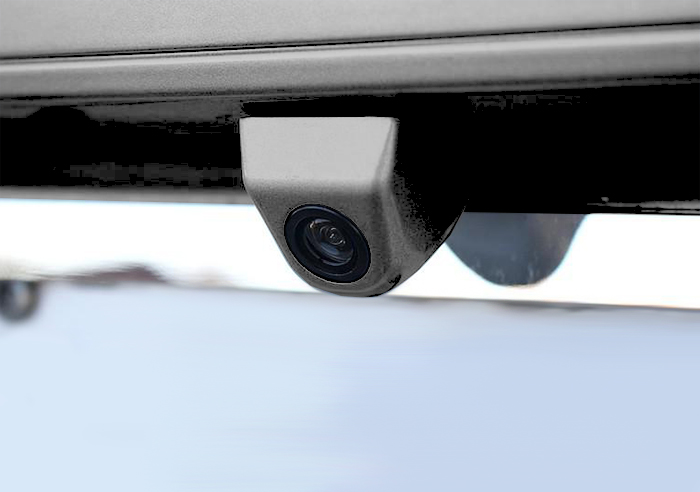

 The first and biggest reason is that you will never know exactly how good the used battery is. There are some tests that can be done to give you a general idea, but many times these tests can say a battery is good when it isn’t. Even if the test was right, you don’t know how much longer the battery will last.
The first and biggest reason is that you will never know exactly how good the used battery is. There are some tests that can be done to give you a general idea, but many times these tests can say a battery is good when it isn’t. Even if the test was right, you don’t know how much longer the battery will last.

